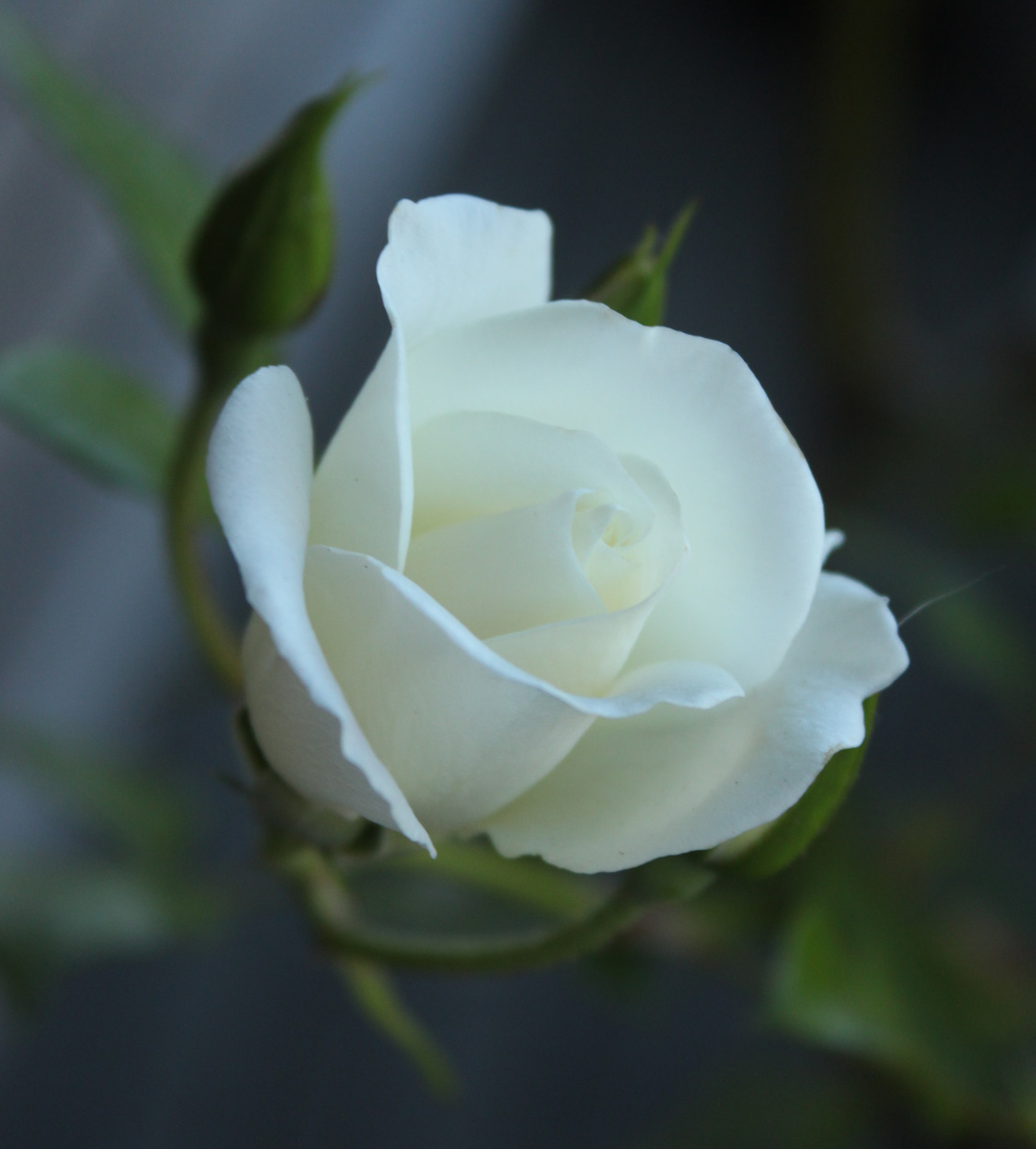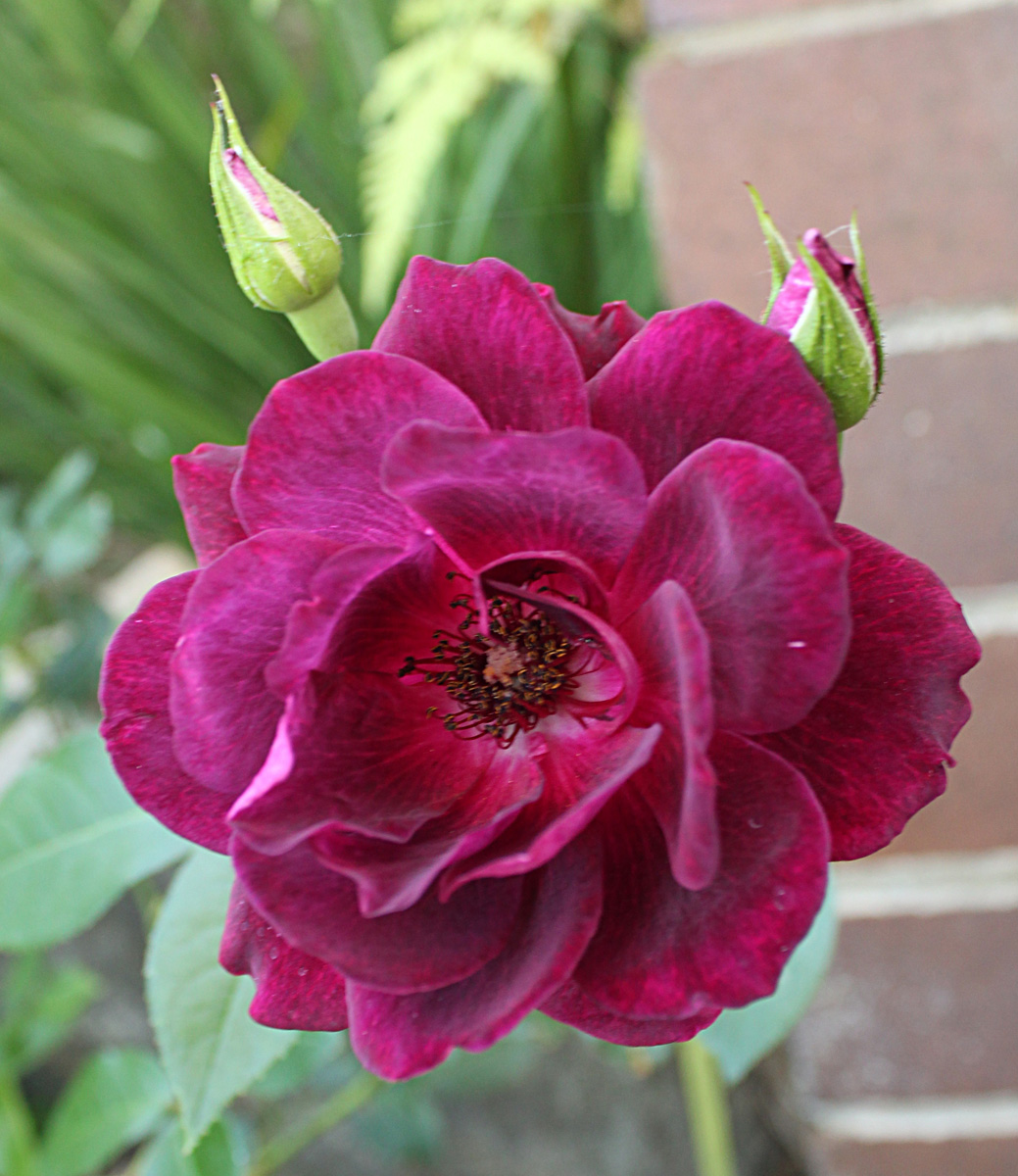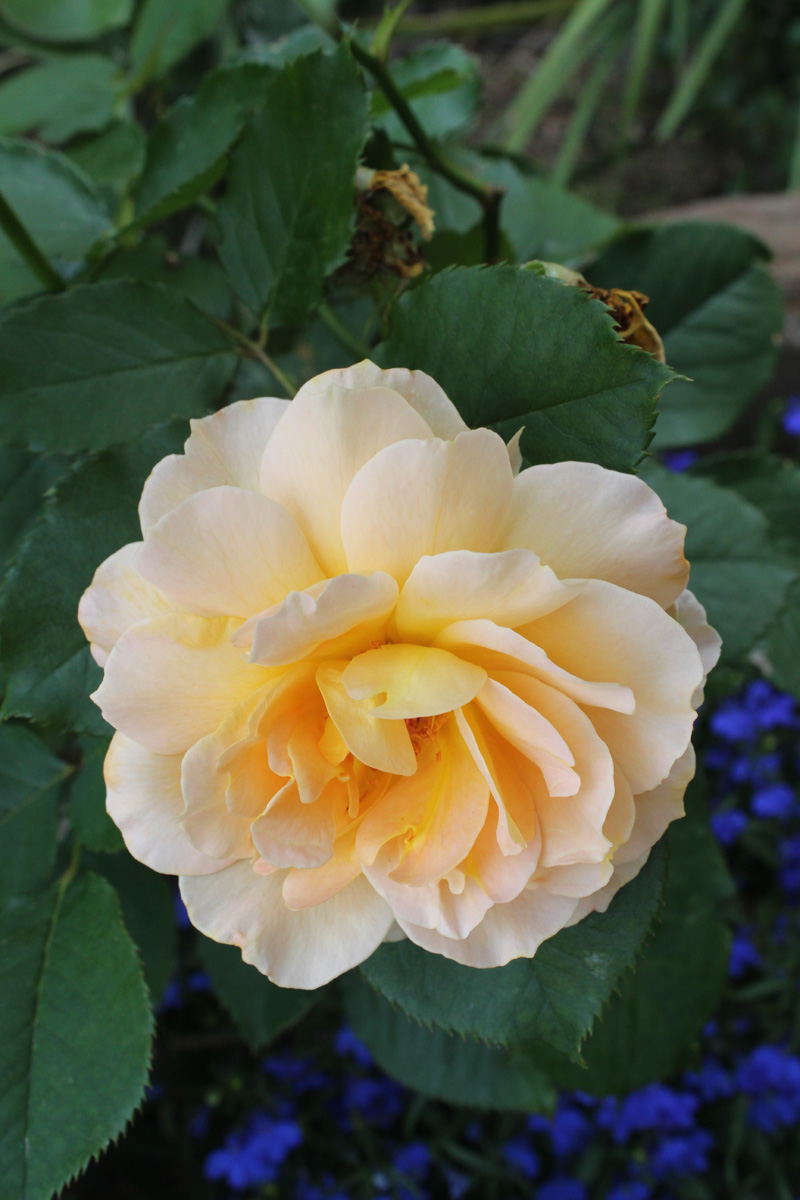Entire books have been written on roses, and there is an abundance of different varieties of this plant. Some climb, some are grown into formal structured plants, some flower in clusters and some have single blooms. In selecting roses for my garden, my main concern was scent (as my mum loves being greeted with the smell of roses when walking up the front path) and of course, attractive blooms.
Without going into excessive detail, which can be provided by experts elsewhere, there are a few basic principals when growing roses. They grow, flower and resist disease best when planted in a full sun (preferably morning sun) position, when they are watered without wetting the leaves, when they have adequate air circulation (not overcrowded) and good drainage.
Roses can be lightly pruned after flowering to encourage further blooms, and should be pruned hard in winter after their autumn flowering period has finished, and once new buds/shoots are no longer at risk from frost. Towards the end of winter, giving them a good fertilise ensures strong flowers come spring. There has been much written on preferred pruning techniques, but if you are a casual gardener rather than a competitive grower, it really doesn't matter so long as you use clean, sharp secateurs.



